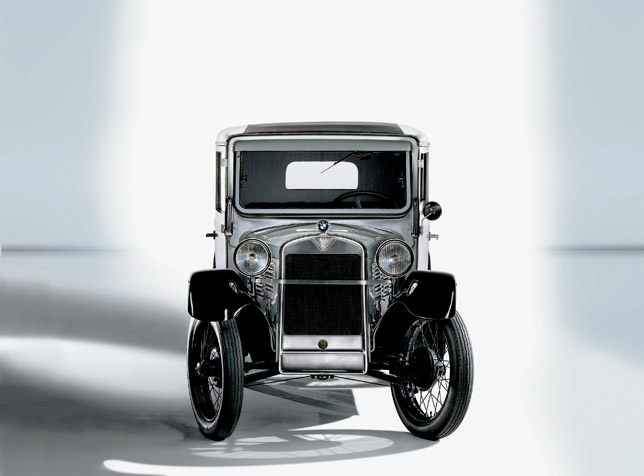1933 BMW 303 Limousine

1933 BMW 303 Limousine

1933 BMW 303 Limousine
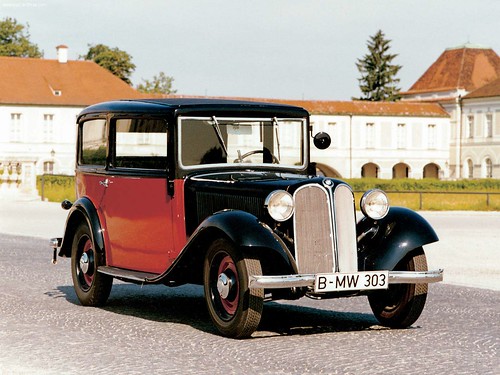
1933 BMW 303 Limousine

1933 BMW 303 Limousine

now we present the classic car and unique car was popular in long time, The old and classic car BMW 303 was the first BMW to use an inline-6 engine and the kidney grill, which today is a hallmark of the company's models.
Top speed was approximately 100 km/h (62 mph), and the total 303 production was 2300 units, both saloons and cabriolets were manufactured.
Posted in
BMW

1936 Audi Union Type C

1936 Audi Union Type C
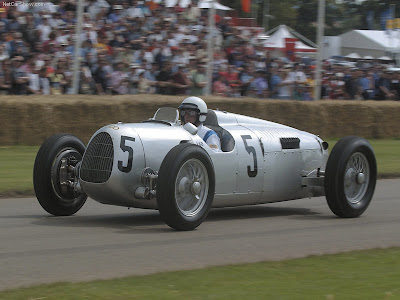
1936 Audi Union Type C

1936 Audi Union Type C
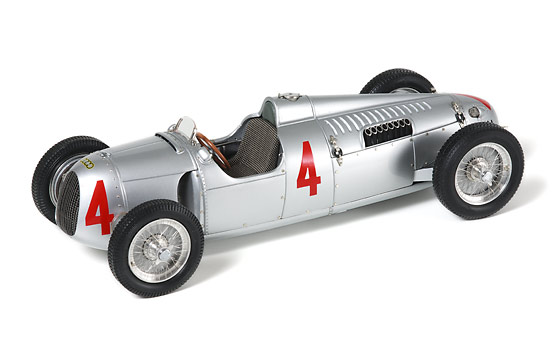
1936 Audi Union Type C
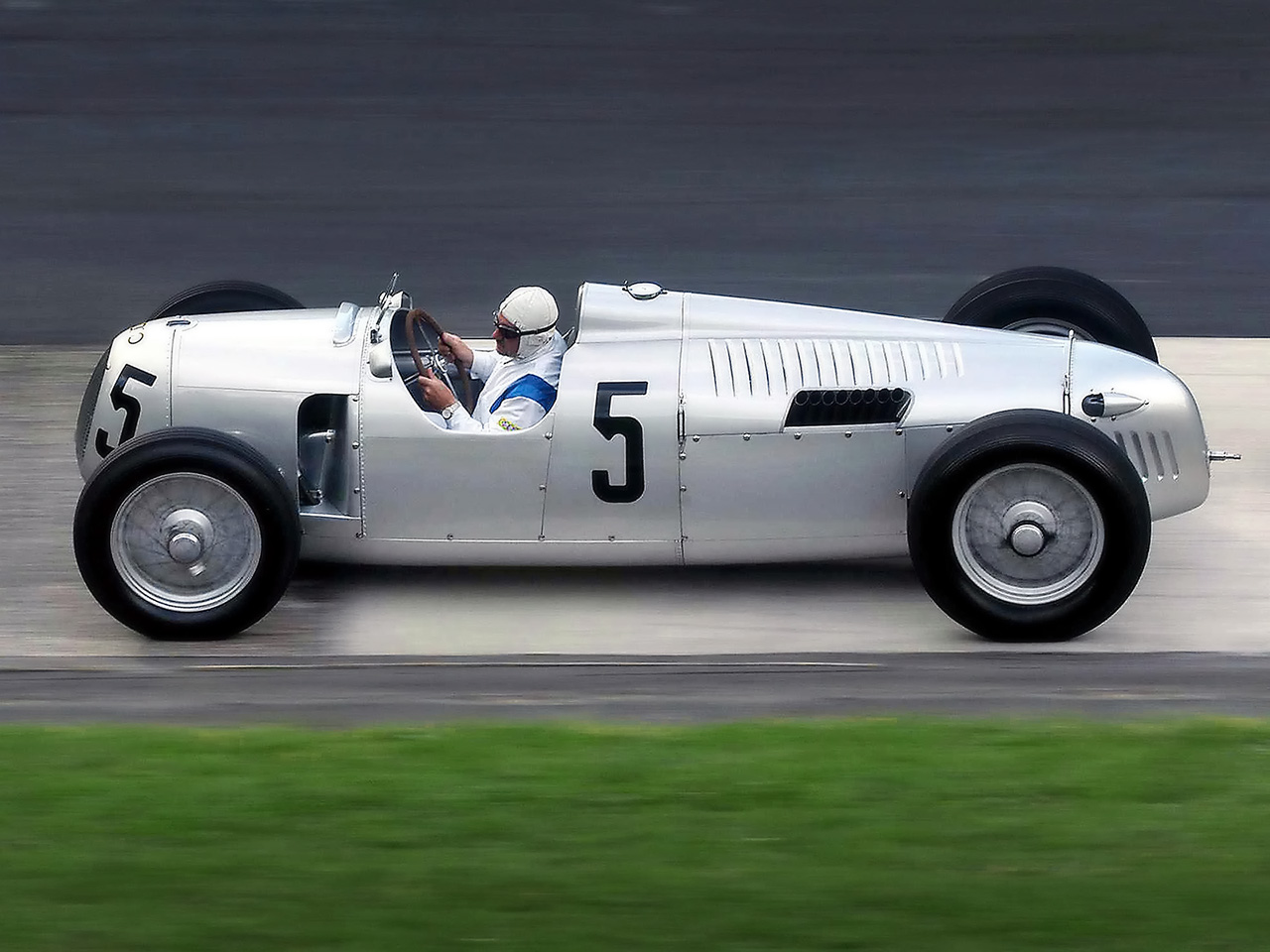
Auto Union was an amalgamation of four German automobile manufacturers, established in 1936 in Chemnitz, Saxony, during the Great Depression. The company has evolved into present day Audi, as a subsidiary of Volkswagen Group.
Auto Union is best known for its racing team (Auto Union Rennabteilung, based at Horch works in Zwickau/Saxony). The Silver Arrows of these two German teams (Mercedes Benz and Auto Union) dominated not only GP car racing from 1934 onwards, but set records that would take decades to beat. For example, the power levels of the unlimited 1937 models were only equalled in the early 1980s by turbocharged Formula One Grand Prix cars.
source : http://en.wikipedia.org/wiki/Auto_Union
Posted in
Audi


1929 Audi Imperator

1929 Audi Imperator

1929 Audi Imperator

1929 Audi Imperator

1929 Audi Imperator
This historic car was discovered in the German state of Saxony at the end of the 1990s, and purchased by Audi Tradition. Its history is exciting to recall: as was frequently the case in the 1920s, the customer (who must have been wealthy, since the car cost more than 16,000 Reichsmarks even then, as much as a small house) bought the Imperator as a chassis with engine. This ‘platform’ was delivered to a coachbuilder where the customer selected the bodywork of his choice or had it designed. In view of this, Peter Spillner had to conjure up something special. He explains his approach: “We looked at the original photographs in the Audi archives and decided to build an open touring car with a phaeton body.” The colour, too, was based on detective work: one of the headlights still bore traces of the original paint, which is best described somewhere between olive green and brown. Spillner, who is 35 years of age, and his colleagues visited several museums in their quest for detail authenticity. He recalls: “We studied cars of a comparable age, because all the manufacturers at that time had the same outside suppliers.”
Audi introduced the Imperator at the end of the 1920s as the successor to the innovative Audi Type M six-cylinder model, but it was not destined to be a great success. The eight-cylinder Imperator appeared right in the middle of a period of economic difficulty for the then Audi Werke, which culminated in a takeover by the founder of DKW, Jörgen Skafte Rasmussen, though the situation deteriorated still further as the world economic crisis broke out. Only 145 Audi Imperators were built. Ralf Hornung, who is responsible at Audi Tradition for the purchase and restoration of historic vehicles, explains: “The Imperator was an excellent car, but it reached the market at the wrong time.” According to the oldtimer specialist this particular car, the last remaining anywhere in the world, had a long series of owners and probably only survived for a very special reason. “We suspect that it there was a plan for it to be used by a fire brigade. They tend to treat their vehicles very well. The luxury car was certainly in passable condition when it was purchased by Audi. Spillner: “The original engine was still a runner.”
article source : http://www.cartype.com/pages/3265/audi_imperator__1929
Posted in
Audi

Dear Readers,
Wellcome to my classic cars blog,
enjoy here..................
thanks for visiting...............

cool classic cars pictures

Classic Car Insurance
Being the owner of a classic car separates you from the average car driver with practical needs. If your car was manufactured before 1973 or at least fifteen years back then it qualifies as classic car. A collector’s car is like a walking work of art that you have to maintain and preserve for its historical value. Consequently, a classic car insurance company will have different areas of focus than with the usual auto driver.

elegant classic cars wallpaper

money investing classic cars

old classic cars
Before settling for an insurance company you need to pin down the requirements that you need to attach to your classic car. Your insurance profile will be determined depending on: how often you will be driving the car – all year round or just on warm, sunny days; how many miles you intend on driving – some classic car insurance companies will restrict you to drive a certain mileage while others won’t do that, but will oppose to your using the car for public and frequent transportation; what the estimated worth of the car is – it’s not a new car so the insurance company won’t be able to set ahead a standard value; you will also need to jot down any modifications that have been made to the car and specify the parts that have been replaced. Some companies will ask for a number of pictures to be taken of your inside and outside of the vehicle before they asses your classic car insurance policy. This will save you a lot of time and effort. Last but not least the age of the vehicle is very important. Unlike the cars that are intended for daily use, classic car insurance will charge more for older cars and less for newer ones.
The owner of a classic car will be allowed to drive it as much as a couple of thousand miles per year. In case the owner disagrees and asks for a more mileage than the classic car insurance company will charge higher premium or deductibles. It may be just a small detail but the garaging is also very important and restrictive. The car should be kept in a garage at all times when it’s not driven. Not anybody is allowed to use it – the driver must have at least 10 years of experience and a clean driving record. Some of these specialized companies require the owner to have another vehicle for frequent use; others will insure only cars that are 25 years old or older, only these qualifying as collector’s vehicles.
Usually, classic car insurance works the agreed value system, which refers to compensation. There is a value that the insurer agrees to offer in case the car gets stolen or damaged beyond repair. This is considered to be the most effective way to insure a classic car.
But there are problems that stem up from the confusions of the real value of the car and the estimated value that the owner affirms. Very frequently the owner will place a higher value than the price he purchased the vehicle with. Classic car insurance companies can charge a fee for the evaluation of the car and it will always take place considering the actual condition of the car, the people that restored the car, the parts that have been replaced and the models that are most appreciated by the clubs.
Posted in
classic,
old

 now we present the classic car and unique car was popular in long time, The old and classic car BMW 303 was the first BMW to use an inline-6 engine and the kidney grill, which today is a hallmark of the company's models.
now we present the classic car and unique car was popular in long time, The old and classic car BMW 303 was the first BMW to use an inline-6 engine and the kidney grill, which today is a hallmark of the company's models.




